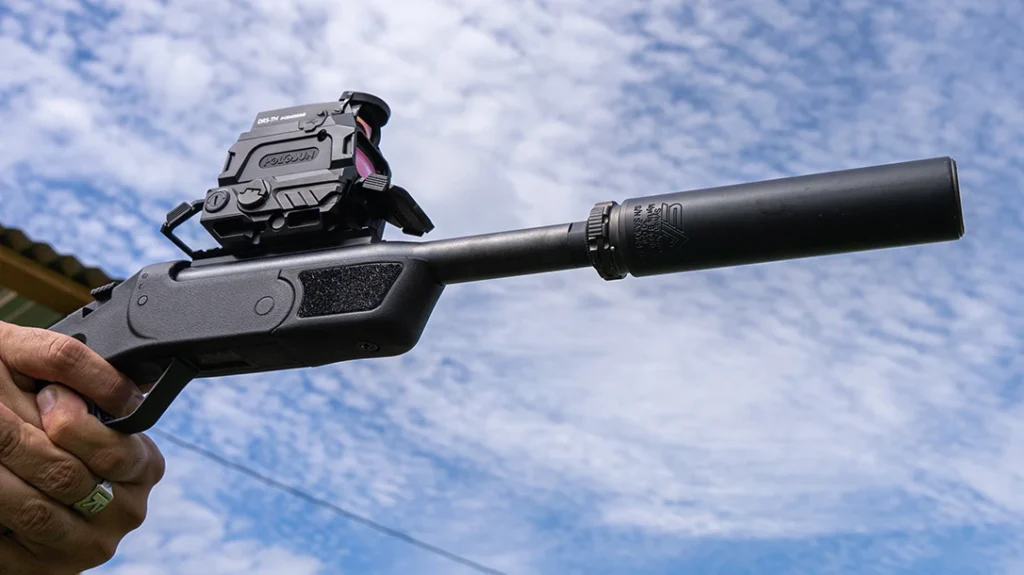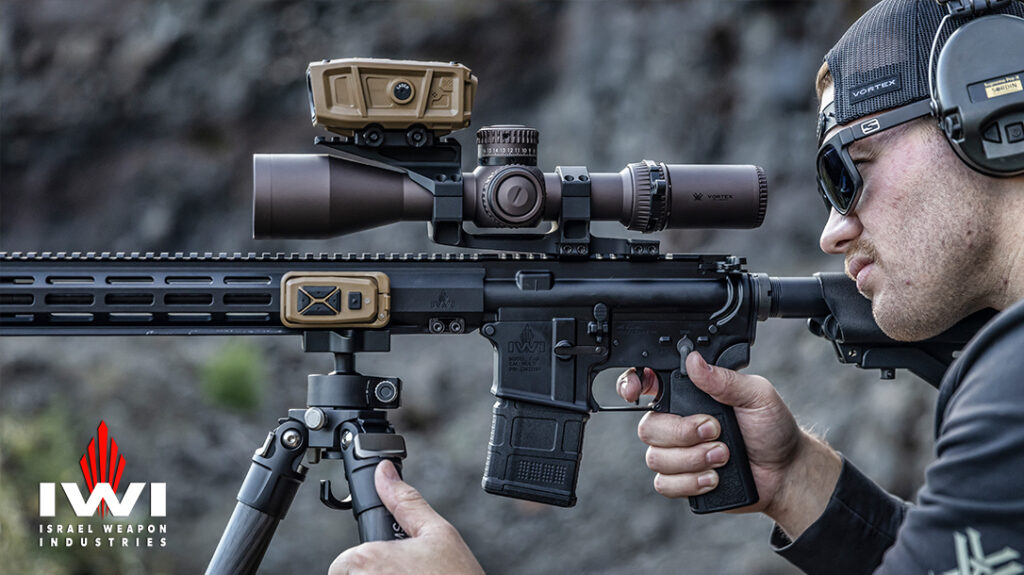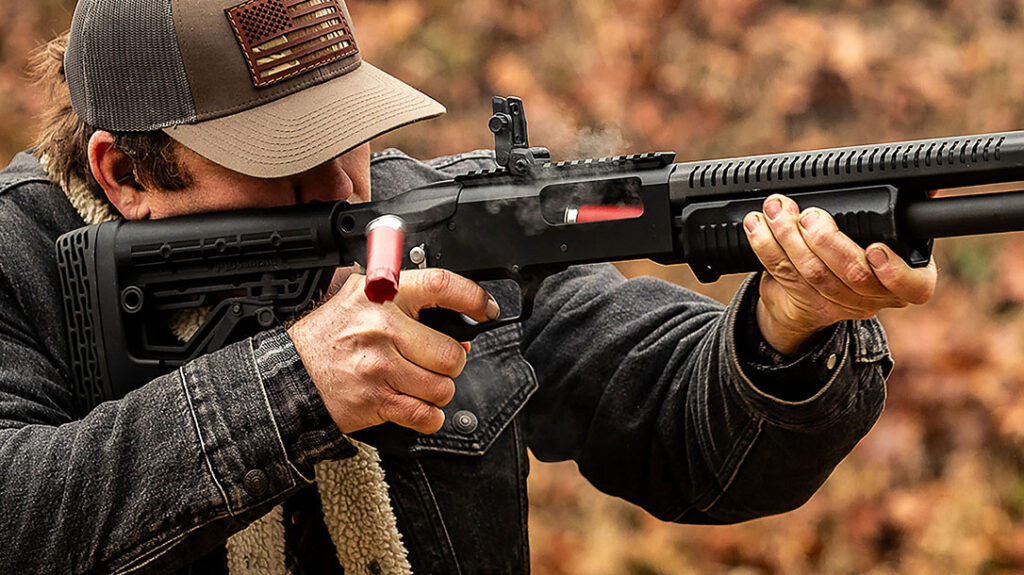The Blunderbuss was a unique weapon throughout history. On the one hand, it was highly intimidating to anyone unfortunately facing its flared muzzle. On the other hand, its accuracy and reliability were never top tier throughout its several centuries of use. While the Blunderbuss is well-known as being the weapon-of-choice for pirates sailing on the high seas, it was surprisingly used in the Old West in varying capacities. This precursor to the modern-day shotgun helped frontiersmen, pioneers, and cowboys protect their lands, hunt for food, and deter thieves from stealing their vital goods.
What Was the Blunderbuss, a Pirate-Centric Weapon, Doing in The Old West?
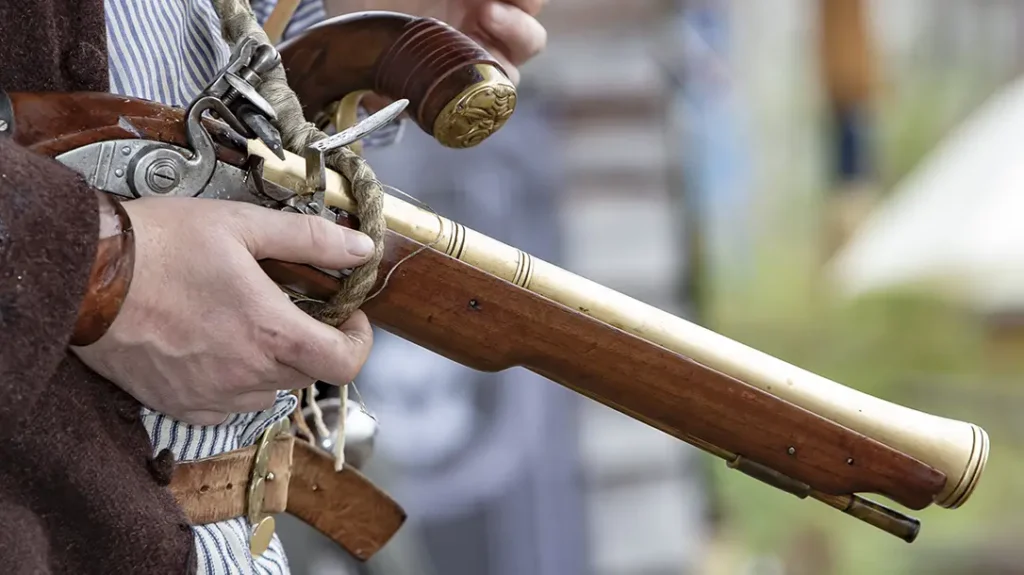
The Blunderbuss’s Roots
Though there is some debate as to whether the Blunderbuss originated from Germany or the Netherlands, the consensus is that the Dutch did indeed create this weapon in the early 17th century under the name Donderbus, which translates to Thunder-Gun. Its name, from Donderbus to Blunderbuss, is also shrouded in some mystery. Some experts believe it was just a mistake, and that mistake was kept in place moving forward.
Advertisement — Continue Reading Below
Others thought it to be a deliberate change in which ‘Blunder’ may intend to mean confused, and that’s exactly what that weapon did, confuse and stun its victims, with its loud sound and flare. From its early roots until the eighteenth century, this weapon was widely used in European countries for both military and civilian use. It also became the go-to weapon with naval forces, as it was excellent for boarding missions and repelling other boarding parties. Of course, it’s widely known for its use by pirates, who also used it for raids on the high seas.
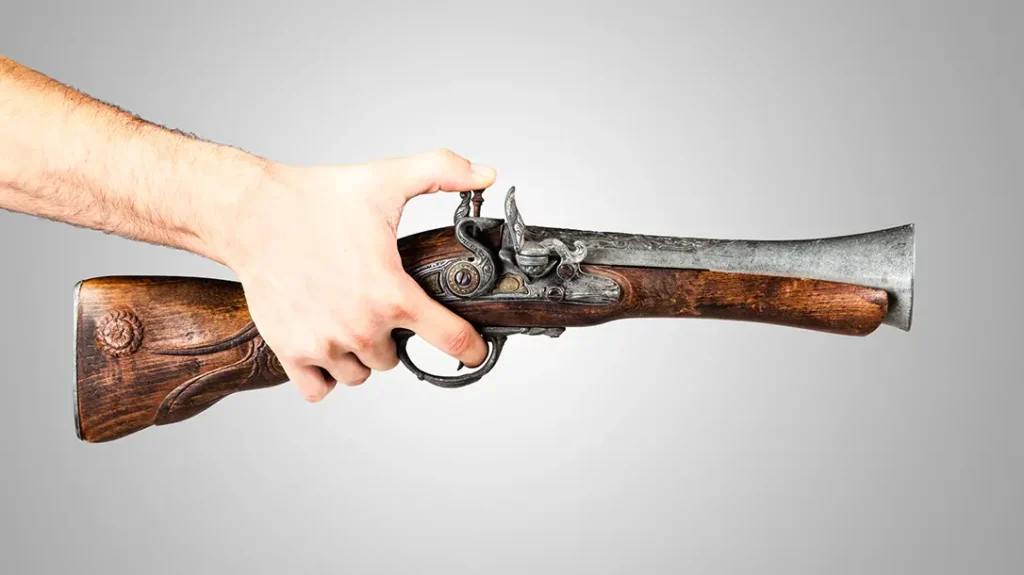
A Pioneer’s Convenience
Pioneers, whether forging ahead in the early eighteenth century or moving west in the early nineteenth century, used blunderbuses for acquiring both food and as personal defense. Blunderbusses, along with other similar muzzleloaders, were easy to use when travelers were on the go over rough terrain and rugged unknown territory. Dangers lurked everywhere. Wild predatory animals, such as grizzly bears, brown bears, and wolves, often crossed paths with pioneers.
Advertisement — Continue Reading Below

These animals would not only be prone to attack the human pioneers, but also their domesticated animals that they brought along the way. Cows, goats, chickens, pigs, and sheep were vital to the pioneers’ survival, and they needed the blunderbuses to protect their animals. This weapon not only took many predators down, but the loud “boom” emitted from the weapons was often enough to scare away full wolf packs or large bears and allowed the pioneer group to move onward.

Advertisement — Continue Reading Below
Perfect Stagecoach Defense
Stagecoaches were a convenient means of travel in the Old West. Though not only for the rich, but a fairly far distance ride in a luxury stagecoach was also priced higher than the average person could afford. So with wealthy riders came bandits and thieves ready to hold up the coach and steal any money or valuables being transported.
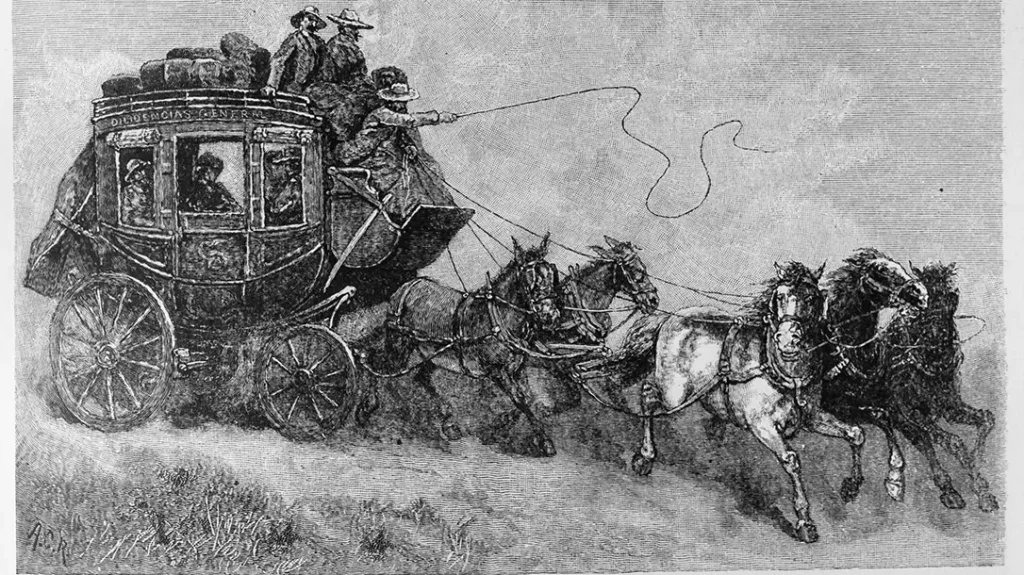
The stagecoach driver, at times, armed himself with a shortened version of the Blunderbuss. He had to reload and fire while moving roughly on the trail, and this was the ideal weapon to accomplish that. Additionally, with its flared muzzle, there was some scattering of the ammo, so even missing his primary target, he could wing or slightly injure the thieves and allow the Stagecoach to get away.
Advertisement — Continue Reading Below
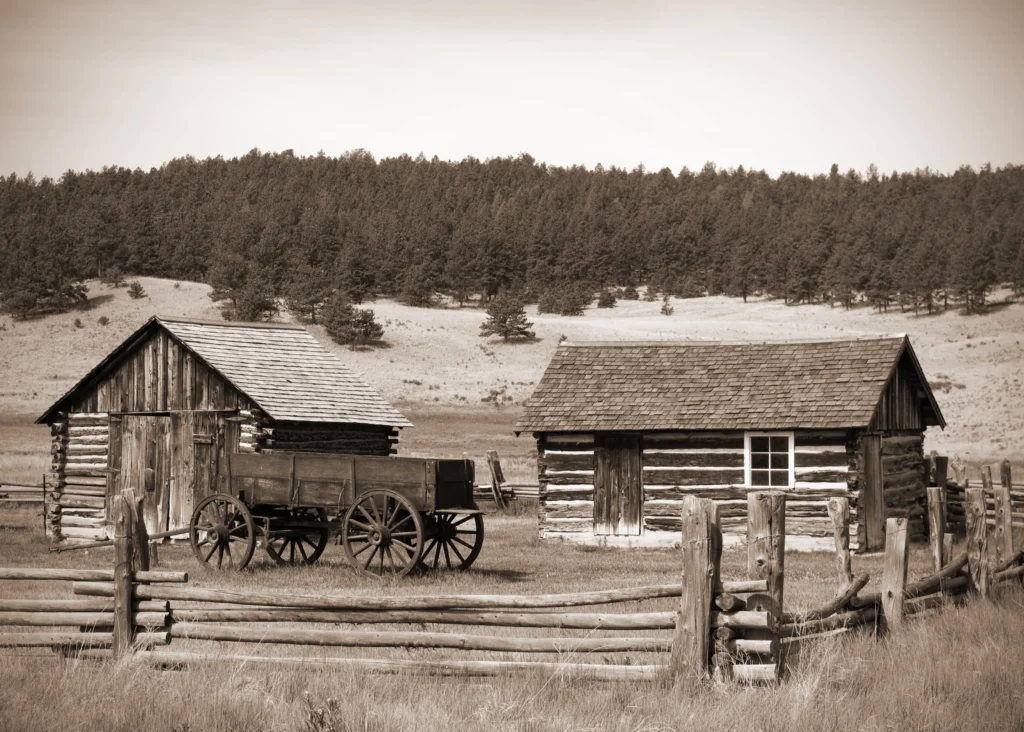
Homeland Security
Once settled, pioneers had to protect what was theirs, and the Blunderbuss assisted in just that. No matter if the intruders were four-legged or two-legged, the Blunderbuss deterred or killed anyone or anything entering their property. One downside to using the Blunderbuss for home and personal protection was that the wielder had to get close to their target to have any chance of hitting it. Although it dispersed a load of shot and various debris, it highly lacked range, with many long-distance shots falling far short of their intended targets.
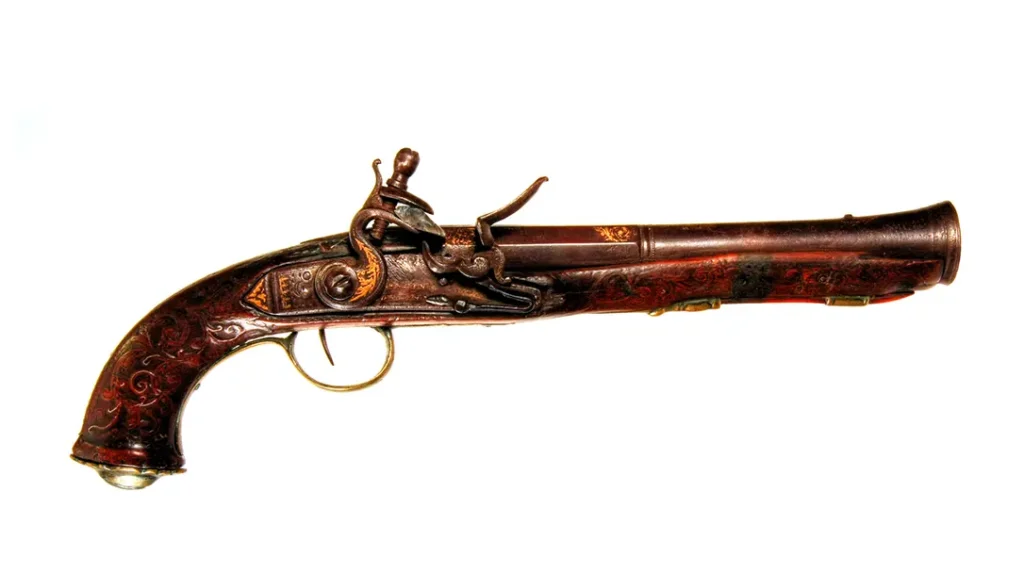
Advertisement — Continue Reading Below
Replaced by Better Weapons
Everything has its time, and the Blunderbuss was quickly being replaced in the mid-nineteenth century by carbine rifles. These compact, easy-to-carry rifles were easier to carry and shoot than the Blunderbuss. The military soon adopted the Carbine as standard issue due to its greater accuracy and overall compactness, compared to the more cumbersome Blunderbuss. However, the private sector was slower to adopt the new Carbine due to price and availability, and continued for a number of years using their familiar Blunderbuss weapon for home and personal defense.
A Mark in History
When one thinks of iconic weapons of the Old West, odds are a Blunderbuss is not at the top of anyone’s list. The Colt Peacemaker and Winchester rifle, naturally, hog all that glory. However, the Blunderbuss shouldn’t be ignored. This weapon found its way from Europe to early pioneers, to pirates on the high seas, and finally into the hands of homesteaders. It was unique in design and delivered an equally unique load of diverse and crippling ammo. The Blunderbuss was just a speck in the Old West landscape, but it was a speck with a loud and thundering boom!
Advertisement — Continue Reading Below


















